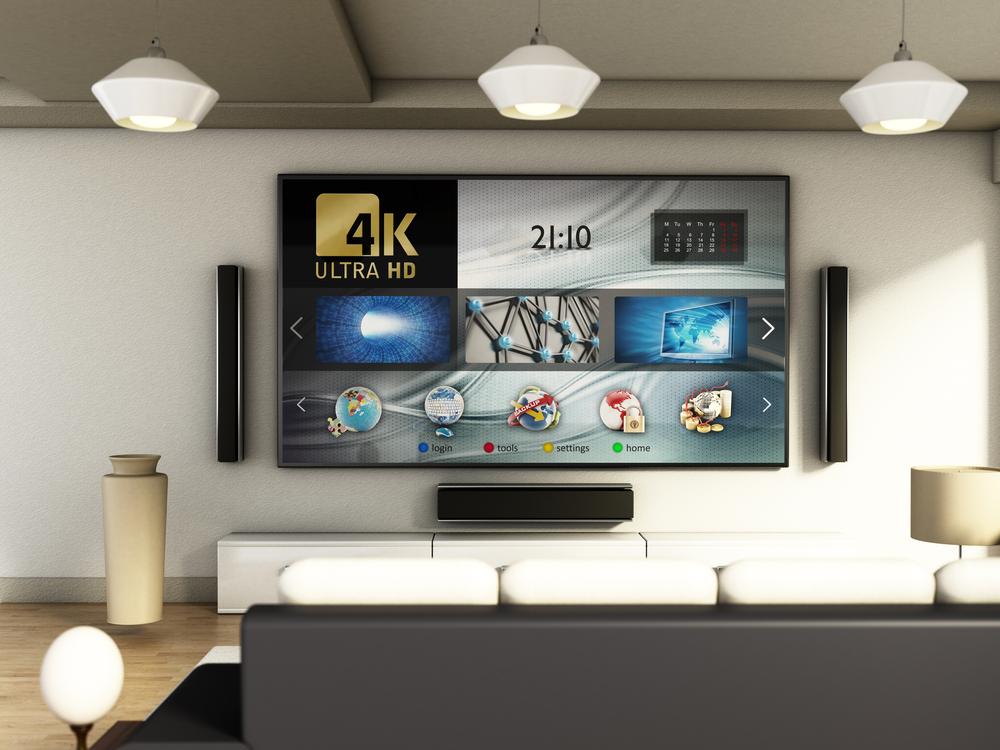Comprehensive Guide to Smart TVs: Transforming Home Entertainment in the Digital Age
Discover the comprehensive world of smart TVs and explore how these innovative devices are transforming home entertainment. From their evolution to advanced features like voice control and app integration, learn what makes smart TVs a must-have in modern households. Stay ahead with insights into their future developments and benefits, ensuring you make informed choices for your home media setup.

Comprehensive Guide to Smart TVs: Transforming Home Entertainment in the Digital Age
In today's rapidly evolving technological landscape, smart televisions have become an integral part of modern homes, revolutionizing the way we consume entertainment. Unlike traditional televisions that rely solely on cable, satellite, or antenna signals, smart TVs integrate internet connectivity and advanced computing capabilities, transforming them into versatile multimedia hubs. Their ability to stream high-definition content, run applications, and integrate with smart home devices makes them a centerpiece of digital living. In this comprehensive guide, we delve into the functionalities, history, and future prospects of smart TVs, helping consumers understand what makes these devices a vital upgrade for contemporary home entertainment systems.
Smart TVs are essentially traditional TV units augmented with embedded operating systems, which allow users to access a wide range of online services and applications. They operate similarly to smartphones or tablets, giving users the ability to browse the internet, stream movies and TV shows in high definition, play games, and even connect with their smart home ecosystem. These devices come equipped with dedicated app stores, enabling users to install and customize applications according to their preferences, whether it's streaming services like Netflix, YouTube, or Spotify, or productivity tools and social media platforms.
The transformation from conventional TVs to smart TVs has been driven by advancements in internet technology, miniaturization of computing hardware, and increased consumer demand for on-demand content. A smart TV’s operating system—such as Tizen, webOS, Android TV, or Roku OS—serves as the core platform that supports the installation and management of various apps. These operating systems are regularly updated to improve performance, enhance security, and add new features, ensuring that smart TVs remain at the forefront of digital innovation.
The seamless integration of voice command technology has also propelled the popularity of smart TVs. Many models now incorporate virtual assistants like Amazon Alexa, Google Assistant, or proprietary voice recognition systems, enabling users to control their TV and other connected devices via voice commands. This integration not only simplifies navigation but also enhances accessibility for users with disabilities or those seeking hands-free control.
From a practical perspective, smart TVs offer numerous benefits. They eliminate the need for multiple devices like streaming boxes or media players, reducing clutter and simplifying the entertainment setup. With built-in Wi-Fi and Ethernet ports, these devices connect effortlessly to home networks, allowing for smooth streaming of ultra-high-definition content without buffering issues. Moreover, smart TVs often come with features like screen mirroring, allowing users to display content from smartphones, tablets, or laptops directly onto the TV screen, enriching the multimedia experience.
Looking back at the historical development, the origins of intelligent TV systems trace back to the 1980s in Japan. Early models featured character generators that provided informational overlays while watching broadcasts. As the technology evolved into the 1990s, smart TVs began to support automatic software updates and data processing over digital and analog networks. This evolution was instrumental in culminating in today's high-powered devices capable of supporting complex applications and multimedia functionalities.
Today, smart TVs come in a variety of sizes, resolutions, and features suitable for different consumer needs and budgets. From compact models suitable for small apartments to large-screen 8K ultra-high-definition TVs that serve as home theaters, the diversity of options ensures that there's a smart TV for everyone. As technology continues to advance, we can anticipate innovations such as augmented reality integration, AI-driven content recommendations, and more personalized user experiences becoming standard features within the smart TV ecosystem.
In summary, smart TVs have fundamentally changed home entertainment by offering unparalleled convenience, customization, and connectivity. Their evolution from basic television sets to comprehensive multimedia centers indicates a shift towards smarter, more integrated living environments. As the technology continues to develop, consumers will benefit from richer content, enhanced interactivity, and smarter ways to connect with digital media. Whether you're a cinephile, a casual viewer, or a tech enthusiast, understanding the capabilities and future potential of smart TVs can help you make informed decisions when upgrading your home entertainment setup.





